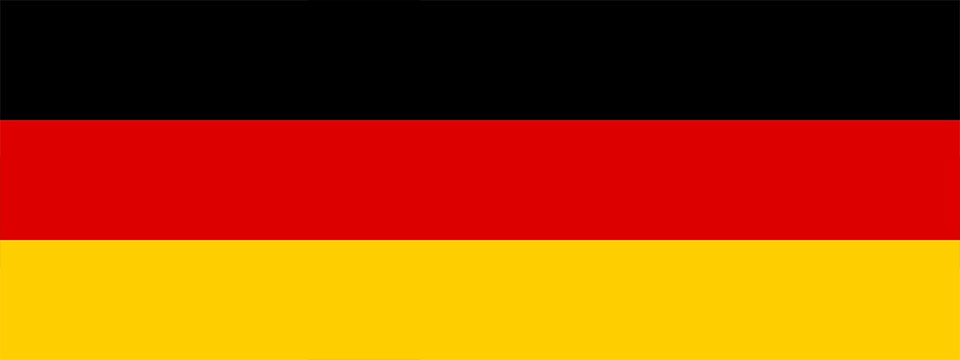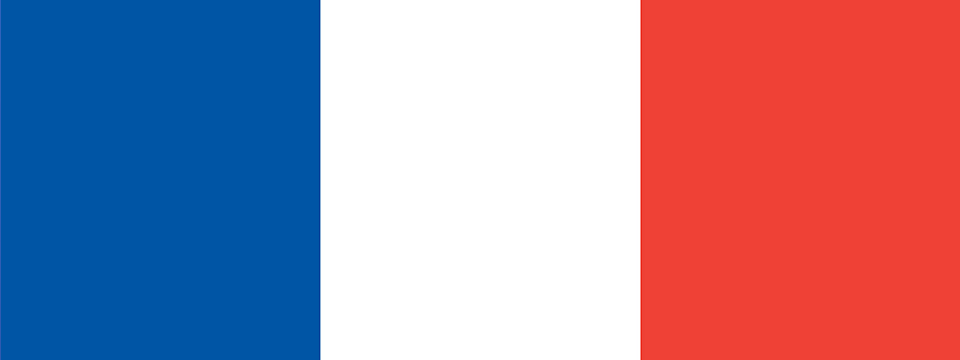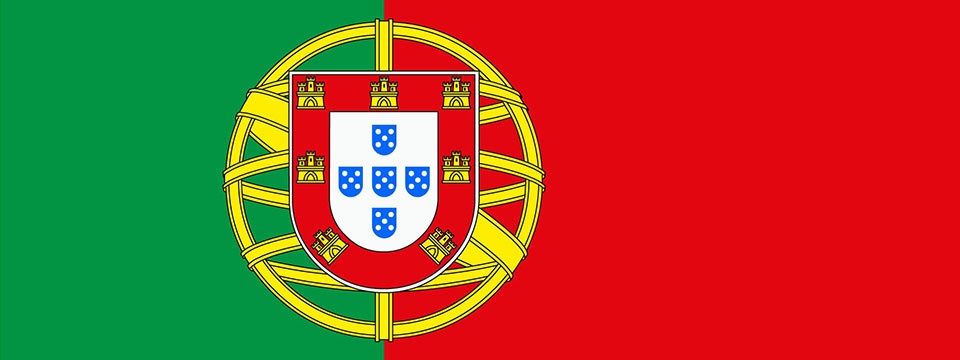Member State Interview
The Once-Only view from Finland
In May 2023, we discussed the Finnish implementation of the Once-Only Technical System (OOTS) with Olli Hurskainen, Mervi Kylmänen-Paakki and Kirsi Mikkonen from Development and Administrative Services Centre (KEHA-Centre).
The team shared their thoughts on working on such a large cross-border project, the nature of digitalisation and responding to continuous changes to the technological and regulatory situation and how OOTS Projectathons are helping them make maximum progress.
Once-Only Technical System
The Once-Only Technical System connects EU public authorities, so they can exchange official documents and data at the citizen’s request. It puts into practice the Once-Only Principle, which states that citizens should not be forced to provide information to authorities if another authority already holds that information (certificates, credentials, or licenses, for example, known as ‘evidence’) in electronic format. The legal deadline for the implementation of the Once-Only Technical System is 12 December 2023.
The European perspective
Digitalisation is nothing new in Finland, with the Nordic country ranking number one in the 2022 European Digital Economy and Society Index (DESI) of Member States. In this context, the team felt confident about Finland’s overall position in terms of the digitalisation of public services.
For the Finnish team, the true value of the Once-Only Technical System is the cross-border component.
The situation varies, some procedures are done completely digitally, and then there might be some low-volume procedures [with lower levels of digitalisation]
Kirsi Mikkonen
Regulation (EU)2018/1724 on the Single Digital Gateway sets out 21 specific administrative procedures for which users should be able to transmit authentic evidence types in different areas, from running cross-border businesses to studying or retiring in other EU countries. “We have already been moving in a direction similar to that of the EU. But the SDG did bring some new ideas and approaches on how to proceed, especially in the cross-border context”, noted Kirsi.
Single Digital Gateway Regulation
The Single Digital Gateway Regulation ((EU) 2018/1724) (SDGR) is a multifaceted EU-wide initiative that strives to create the digital infrastructure required to overcome these challenges. It aims to help citizens and businesses make best of the Single Market. Article 14 of the Single Digital Gateway Regulation (EU)2018/1724 mandates the creation of the Once-Only Technical System.
The Once-Only Technical System stands to benefit EU citizens and businesses whenever they need to provide evidence (such as certificates or diplomas) when performing administrative processes frequently encountered when moving or doing business in another EU Member State. But, according to Olli Hurskainen, this can also innovate the work of the competent authorities (that lawfully issue evidence) connected through the Once-Only Technical System: “competent authorities have to think that you can use any given services in the whole EU single market and not just Finland”. “This has really brought the Single Market into centre stage” concluded Kirsi, reflecting on how Once-Only leverages on interconnectivity to help people make the most of Europe’s Single Market.
Implementation in France
We than spoke about the status of the Once-Only implementation in France. Showing the determination that will be fundamental to realising a project as the Once-Only Technical System, Jonathan says that France takes this challenge as an opportunity, asking himself how to reach this goal.
Europe deserves to make a technological new start, rather than feeling like it always lags behind […] This is a policy that must be pursued at the European level
He further explained that his organisation, DINUM, is at the heart of coordinating efforts by various French ministries and different jurisdictions in the implementation of the OOTS. The Once-Only Technical System represents a substantial workload both for DINUM and for the French administrations, whose involvement, cooperation, and responsiveness are essential. While common goals are of course understood, how to get there is not always so clear, with DINUM facilitating coordination in this area. DINUM is developing and at the same time implementing the Once-Only Technical System, while national administrations will need to develop national procedures.
For Jonathan, the Once-Only Technical System has great potential to fundamentally change Europe’s digital destiny by enabling Europe-wide interoperability beyond the 21 procedures of Annex II of the SDGR1. He stressed that from the view of the French government, the Once-Only Technical System is a way to “develop a digital gateway to Europe”. He observed that “there are obviously procedures that are identified by the Single Digital Gateway Regulation [SDGR (EU) 2018/1724], but what we also look at the potential behind the Once-Only Technical System, like openness, interoperability, [data]sharing, how to generally ease the ability of Europeans to move around Europe”.
Jonathan noted that digital transformation is a top priority for the French government, as well as a strong European agenda. This is the political backdrop for operating on the three: levels political, business and technical. Once cannot succeed without the other. He further noted that the implementation of the Once-Only Technical System requires an Agile methodology to be successful. Any project that takes place at these levels, must run in parallel with other projects and initiatives. Only this way, he noted, one can address problems without losing too much ground – a truly agile way of working.
We thanked Jonathan for his time and the conversation.
Interviews with national implementers are a unique chance to look beyond the technical cross-border interconnection of digital services in Europe and get to know the architects of our digital Europe and what motivates them.
Thomas Fillis & Michael Ulrich, Once-Only Technical System Team (DIGIT-EXT)




